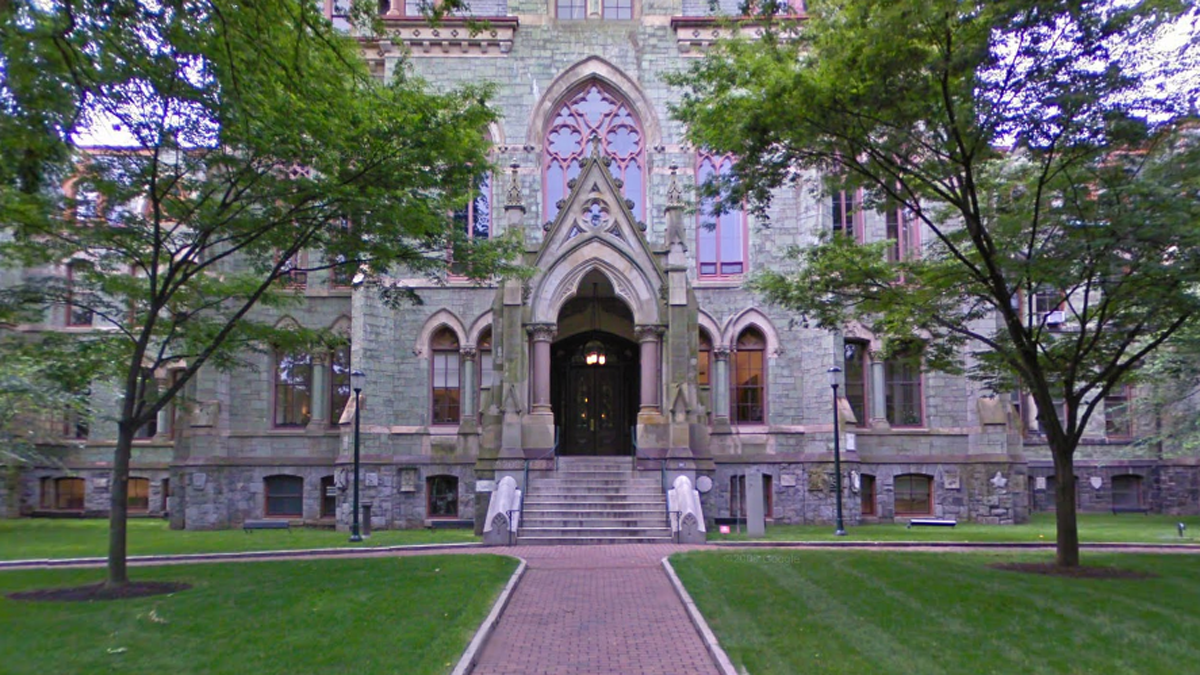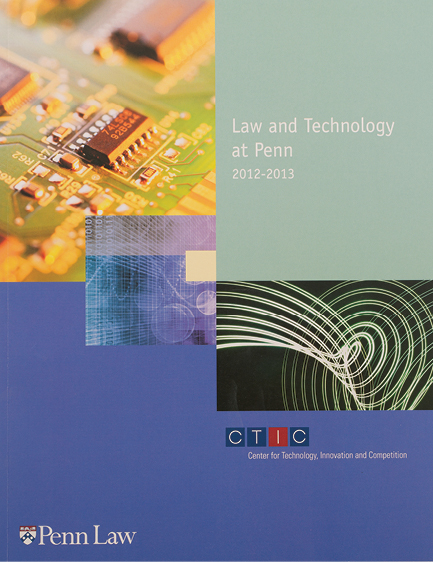

But the brick yards, cement plants, coal and ore mines, oil fields, and quarries all pose enormous difficulties for preservation and reuse.ĭespite the recent popularity of industrial chic, critics now question whether this form of ‘‘adhocism’’-that is, the improvisation of new, unrelated uses devoid of meaning and interpretation-has led to, at best, a polite taming of industrial heritage, and, at worst, its grotesque disfigurement in the name of gentrification and short-sighted corporate marketing.

Town and country are littered with the evidence of the last two centuries of former industrial prowess and many of these places, now abandoned, hold latent value for their transformation and reuse.

Today the remains of industry past dominate the global landscape, and the extractive industries are no exception. They are part of a complex landscape that now demands consideration of its latent architectural, ecological, and socio-cultural assets.Ģ013 marked the 50th anniversary of Kenneth Hudson’s groundbreaking book and manifesto on ‘‘industrial archaeology,’’ the mongrel field he first named as the bastard offspring of industry and archaeology. Many such sites are also environmental brownfields, making them doubly important as landscapes of remediation.

They are an important part of modern life and their stories are still accessible through the visual testimony of the land, the structures, and the machinery, as well as the stories of those who last labored there. Today many of these industrial centers are obsolete and abandoned but rich in historical value as the intersection of geology, technology, and culture. This legacy also created the most far-reaching of all global transformations: climate change. As Sir Neil Cossons has keenly observed, “the world came of age in the twentieth century a century endowed at its outset with immense industrial power, widespread prosperity, and emerging technologies that were to affect the lives of every person on the planet.” The exploitation of the earth’s raw materials altered the landscape with vast quarries, deep mines, enormous kilns and furnaces, and mill buildings.


 0 kommentar(er)
0 kommentar(er)
